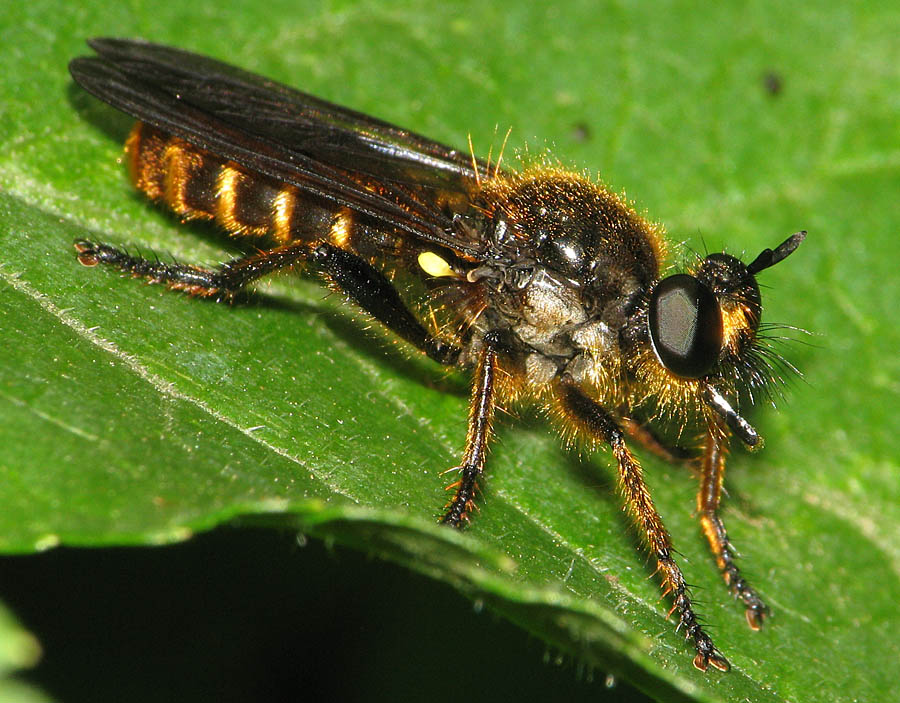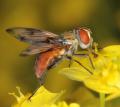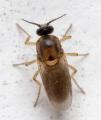Diptera.info :: Family forums :: Asilidae Forum
|
Choerades fimbriata
|
|
| Sundew |
Posted on 30-06-2014 18:22
|
|
Member Location: Berlin and Baden-Württemberg, Germany Posts: 3931 Joined: 28.07.07 |
Hi, Some weeks ago I met this Asilid on the edge of a deciduous forest in southern Brandenburg. It recalls Choerades fimbriata; experts' opinion is however appreciated! Regards, Sundew Sundew attached the following image:  [167.68Kb] Edited by Sundew on 30-06-2014 19:49 |
|
|
|
| ValerioW |
Posted on 30-06-2014 18:32
|
|
Member Location: Padova - Italy Posts: 982 Joined: 01.06.12 |
 femle! femle! |
|
|
|
| Sundew |
Posted on 30-06-2014 19:48
|
|
Member Location: Berlin and Baden-Württemberg, Germany Posts: 3931 Joined: 28.07.07 |
So the golden hairs led me to the right species! Thanks! |
|
|
|
| Quaedfliegh |
Posted on 02-07-2014 23:44
|
|
Member Location: Tilburg Netherlands Posts: 2219 Joined: 18.05.10 |
Can Choerades fulva be ruled out? Could try this key in German by Fritz Geller-Grimm http://www.geller-grimm.de/choerad.htm The greyish tomentum on the anepisternum bothers me bit (should be yellowish in both fimbriata and fulva).
Greetings, Reinoud Field guide to the robber flies of the Netherlands and Belgium: https://www.jeugdbondsuitgeverij.nl/product/field-guide-to-the-robberflies-of-the-netherlands-and-belgium/ https://www.nev.nl/diptera/ |
| ValerioW |
Posted on 03-07-2014 07:16
|
|
Member Location: Padova - Italy Posts: 982 Joined: 01.06.12 |
Quaedfliegh wrote: Can Choerades fulva be ruled out? Could try this key in German by Fritz Geller-Grimm http://www.geller-grimm.de/choerad.htm The greyish tomentum on the anepisternum bothers me bit (should be yellowish in both fimbriata and fulva). But hairs are fully yellow, no grey. |
|
|
|
| Sundew |
Posted on 07-07-2014 22:41
|
|
Member Location: Berlin and Baden-Württemberg, Germany Posts: 3931 Joined: 28.07.07 |
I use the key http://www.robber...rades.html, where we see greyish tomentum but yellow hairs on the anepisternum of Ch. fimbriata. And the facial hairs are so golden, not pale yellow. Moreover, Ch. fulva is said to be a questionable species... |
|
|
|
| Jump to Forum: |














